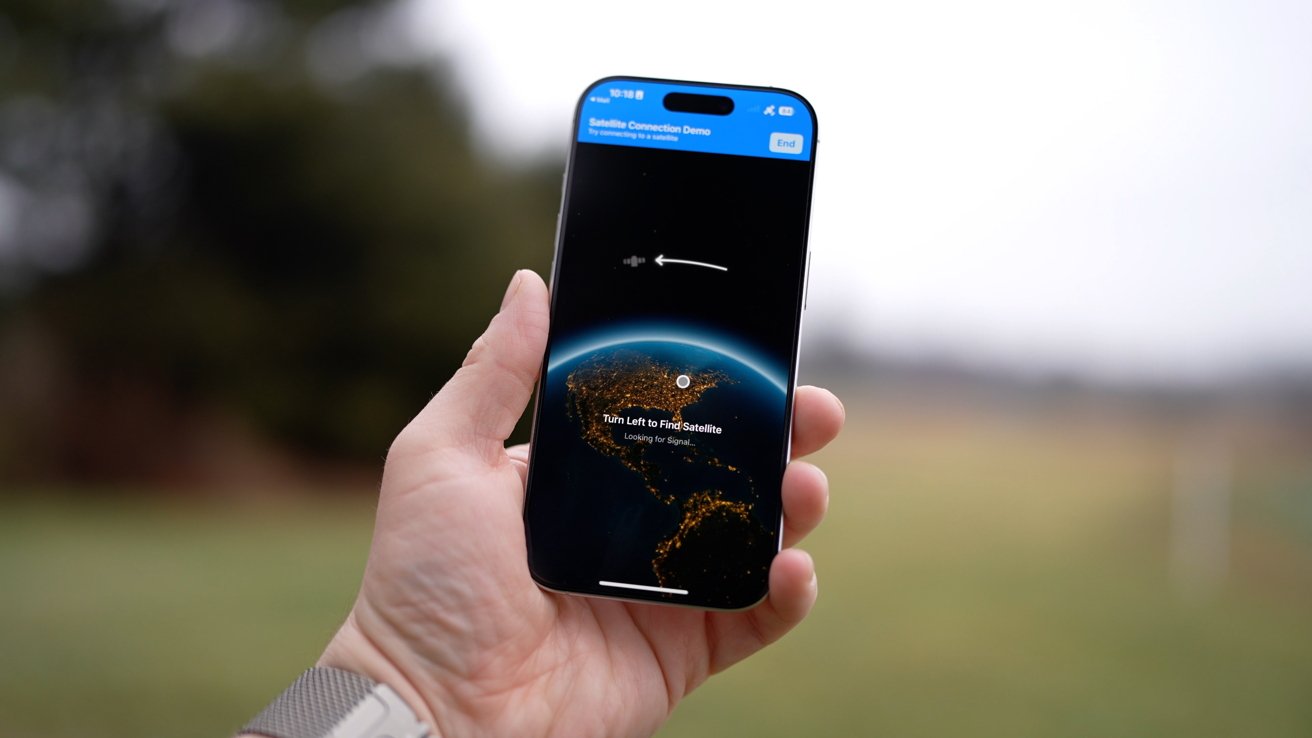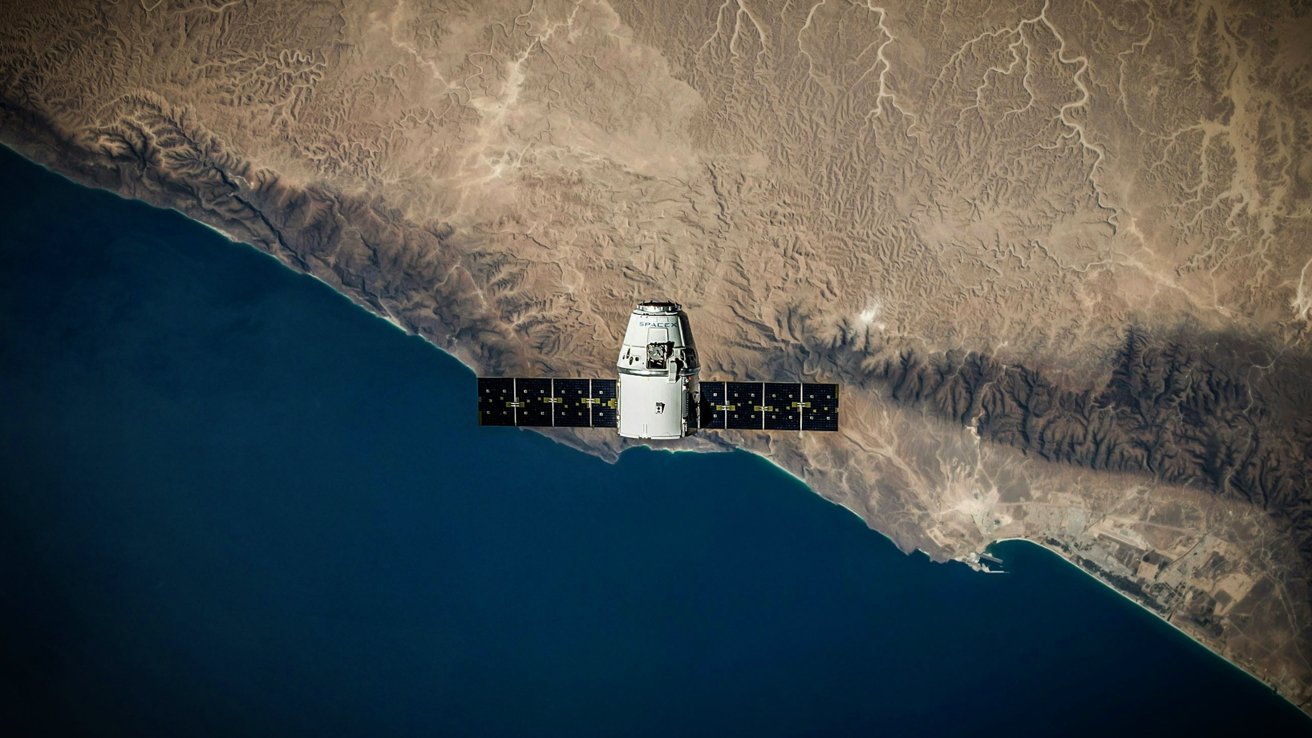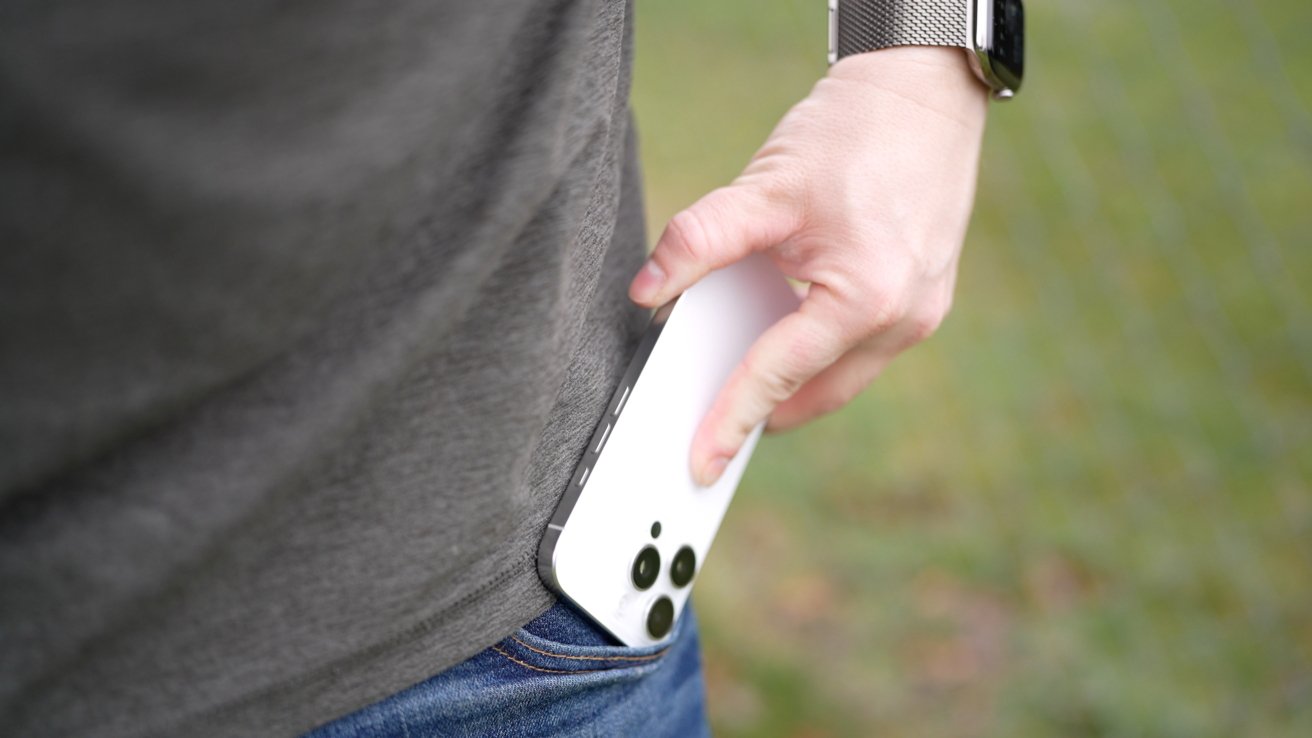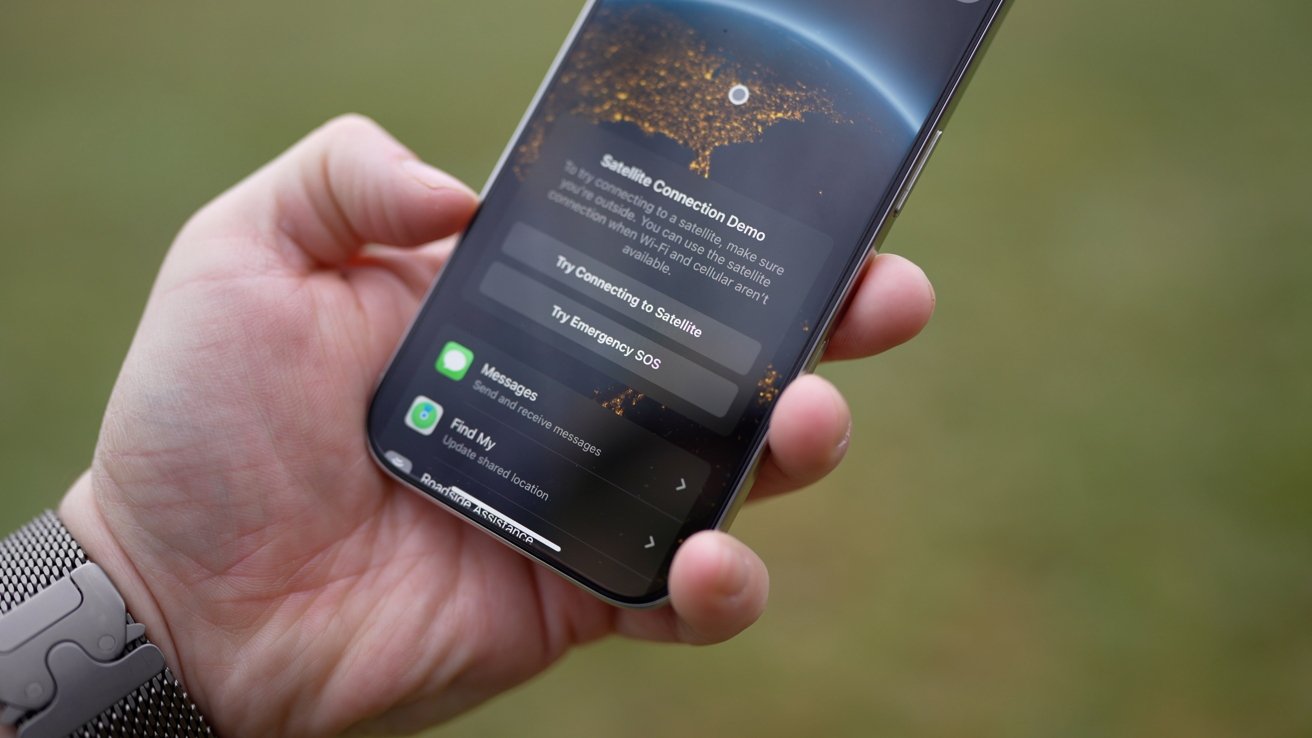How to use Starlink with iPhone & how to disable it if you don't want it
Starlink satellites now work with iPhone, but the change has caused confusion and concern. Here's what the feature means, how it works, and how you can disable it if you so choose.

Starlink satellites are now supported on iPhone
The recent iOS 18.3 update contained a number of new features for iPhone users. We saw new Unity wallpapers, improvements to Visual Intelligence to recognize plants and animals, and plenty of bug fixes.
But there was one change in this update that got a fair bit of attention -- support for Starlink satellites.
There's been a lot of misconceptions about what changed here.
What Starlink support means for iPhone users
Satellite support works on all flavors of iPhone 14, iPhone 15, and iPhone 16. It's been around for a few years, but Starlink support specifically is new.

iOS 18.3 brought plenty of new features and fixes
Essentially, select users can rely on Starlink satellites when outside of cellular range. Great for off the grid situations, as well as emergencies.
The satellites connect via the band 25 1900MHz spectrum, which has been supported on the iPhone. The way this works differs from Apple's existing satellite support we've seen for a while.
Apple already offers Emergency SOS, Find My support, roadside assistance, and messages via satellite with those supported models.
These all use that satellite connectivity when outside of cell connection to send limited texts or receive assistance. It works well with a big caveat - you must be in visible range of the satellite.
Starlink versus Globalstar
Apple partnered with Globalstar for its satellite feature It was founded, in part, by Qualcomm and is now owned 20% by Apple itself.

Satellite support is great for emergencies. Source: Pexels
Apple says you must have a clear view of the sky and the horizon to use its satellite features. Plus, hlls, mountains, trees, and other foliage can interfere or slow it down the data.
Again, you have to actually hold your iPhone towards the sky without anything blocking your view for the satellite to connect and work. Not exactly convenient, but still comes in clutch in an emergency.

Trying to connect to satellites can be tough in certain locations
Comparably, Starlink has many more satellites available to connect to. This allows a bit more freedom when connecting.
For example, you can leave your iPhone in your pocket or bag and still connect to the satellites to receive messages. Your iPhone automatically switches to this when cell range is gone, keeping you connected.
That's already more convenient than the emergency-centric offerings Apple directly touts.
Right now, this Starlink satellite connectivity is for sending messages, though it is reportedly set to expand to phone calls and data in the future.
That could be huge.
Apple didn't partner with Starlink
Let's be perfectly clear about this.
This is a partnership between T-Mobile and Starlink. Apple did not partner with Starlink.
Apple didn't even mention this in the release notes to iOS 18.3. It isn't an iPhone feature, but a T-Mobile network feature.
It first rolled out in beta with select Samsung devices, then surprisingly added iPhones to the list of compatible devices. At the moment, this feature is limited to US-based T-Mobile users who have been accepted into the beta.

Starlink support means your iPhone can stay in your pocket and still connect, with voice and data coming in the future
That means it's not available on all iPhones. Not even all T-Mobile iPhones, at least not yet.
How to disable Starlink support on iPhone
We won't get into the discussion on Starlink owner, Elon Musk. Whether you like him or loathe him, the iOS 18.3 update brings many benefits, including security updates.

Testing satellite support with the built-in demo
While we understand people's hesitancy to update, for fear of giving Musk access to data, the fear is unfounded. Starlink support can quickly be disabled or reenabled in the future.
How to disable Starlink satellite support on iPhone
If your carrier doesn't yet have their own satellite option, you won't see this listed in your settings.
- Open the Settings app on your iPhone after updating to iOS 18.3
- Visit Cellular > T-Mobile (or other carriers if added in the future)
- Toggle off satellite support
This isn't a permanent kill switch and certainly no reason to stop upgrading or downgrade devices. Starlink has access to the same data that any other ISP has access to, assuming the traffic goes through their domain name servers.
If it doesn't, then they don't know a thing.
We'll leave it to you on what makes the most sense, but at least you're armed with all the data.
Read on AppleInsider


Comments
is this an Americanism it’s certainly not an expression that is used in Australia.
I’m actually wondering if the author meant the expression: as or in a crutch, which is known as used as an expression for an aid or assistance in need—as in crutches—and simply misspelt it.
The fact that this is a T-Mobile USA feature not an iPhone feature really needs to be explicitly stated IN THE FIRST PARAGRAPH. End of discussion.
Moreover it would be better of mentioned that this is for T-Mobile USA postpaid subscribers, not users of T-Mobile USA MVNOs like Mint Mobile (which is now owned and operated by T-Mobile). T-Mobile operates in many international markets and it should be clearly stated that this is a T-Mobile USA only service.
Leaving these sort of details out really erodes readers' trust in tech media. TRUST IS *EARNED*. Once squandered, it may be difficult or impossible to fully recover.
Details like which specific models of iPhones, what version of iOS required, frequency bands, etc. can be included in the second, third or later paragraphs.
But fairly, much of this stuff is now going to be handed over to AI.
https://one.nz/why-choose-us/spacex/
I figure that within 18-24 months AI will be able to accurate summarize news articles with 98% accuracy. We're definitely not there yet but it's simply a matter of when not if. At that point we will probably have AI agents that will summarize and repackage information for us and there will be less need to visit the individual sites.
This article is a good example of something that could be summarized in three succinct paragraphs.
I also get annoyed by clickbait-y headlines like this one, especially since it would have been much more accurate if simply written as "How to Use Starlink with T-Mobile iPhones..." but probably wouldn't have gotten nearly as many page views as non-T-Mobile customers might not have bothered reading it. And at the end of the day, if AppleInsider isn't generating enough revenue, it has to shut down, so I try to keep my annoyance in check by remembering that this site doesn't exist as a charity.
: looks at his work geriatric iridium sat phone sitting beside his iPhone.
Clearly didn't read the article.